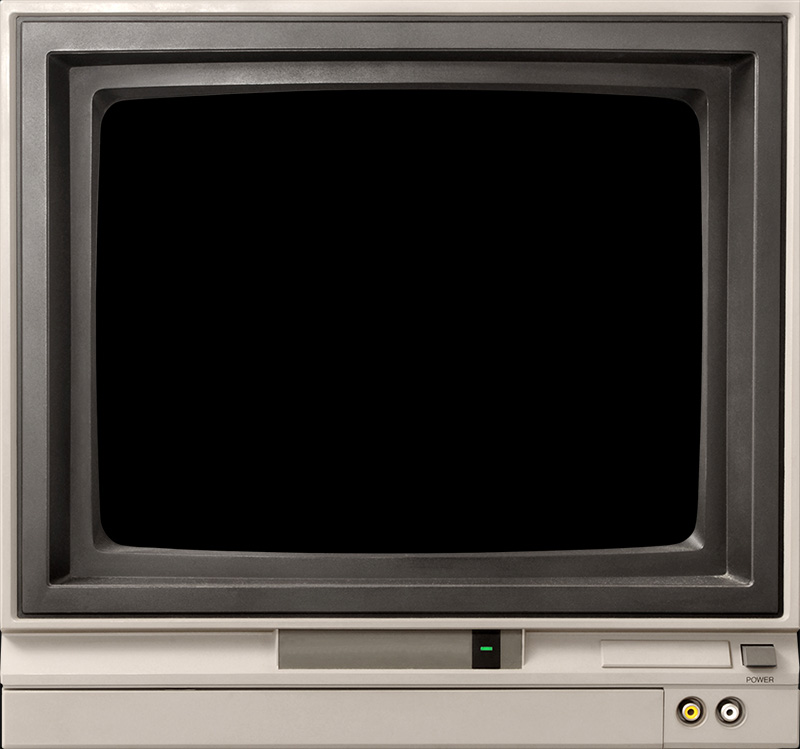
🤖 AI – A Brief History
✨ 1843 – Ada Lovelace
In her notes on Charles Babbage’s Analytical Engine, Ada Lovelace
wondered if a machine could one day compose music, create art, or write poetry.
This was nearly 200 years ago — the first spark of what we now call AI imagination.
- Early 1900s – Mechanical logic & symbolic reasoning
Mathematicians and inventors experiment with logic machines, laying the groundwork for thinking about “mechanical reasoning.” - 1950s – Birth of AI research
Alan Turing proposes the Turing Test as a way to measure machine intelligence. 1956’s Dartmouth Conference officially coins the term “Artificial Intelligence.” - 1960s–70s – Early experiments
Programs like ELIZA simulate conversation; expert systems try to encode human knowledge. Optimism runs high — some believe human-level AI is only a decade away. - 1980s–90s – The AI Winter
Progress slows, funding dries up, expectations collapse. AI research retreats to small academic and niche industrial projects. - 2000s – Quiet progress
Faster computers, bigger datasets, and better algorithms allow machine learning to gain traction. AI becomes practical in areas like spam filtering and recommendation engines. - 2010s – Deep learning revolution
Neural networks achieve breakthroughs in image recognition, speech-to-text, and games. AlphaGo shocks the world by beating top Go champions. AI shifts from lab curiosity to real-world powerhouse. - 2020s – Generative AI goes mainstream
Large Language Models (LLMs) like ChatGPT, Claude, Gemini, and Llama bring AI assistants to everyday users. Tools like DALL·E, MidJourney, and Stable Diffusion create images on demand. AI moves from the background into daily life.
From Ada Lovelace’s dream of creative machines to today’s assistants and generators, the story of AI is one of cycles: hope, winter, renewal. We’re living in one of those bright cycles now... where imagination meets reality.
Here we is.
💖🫂✨
Home
💖🫂✨